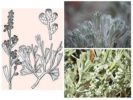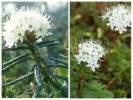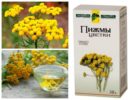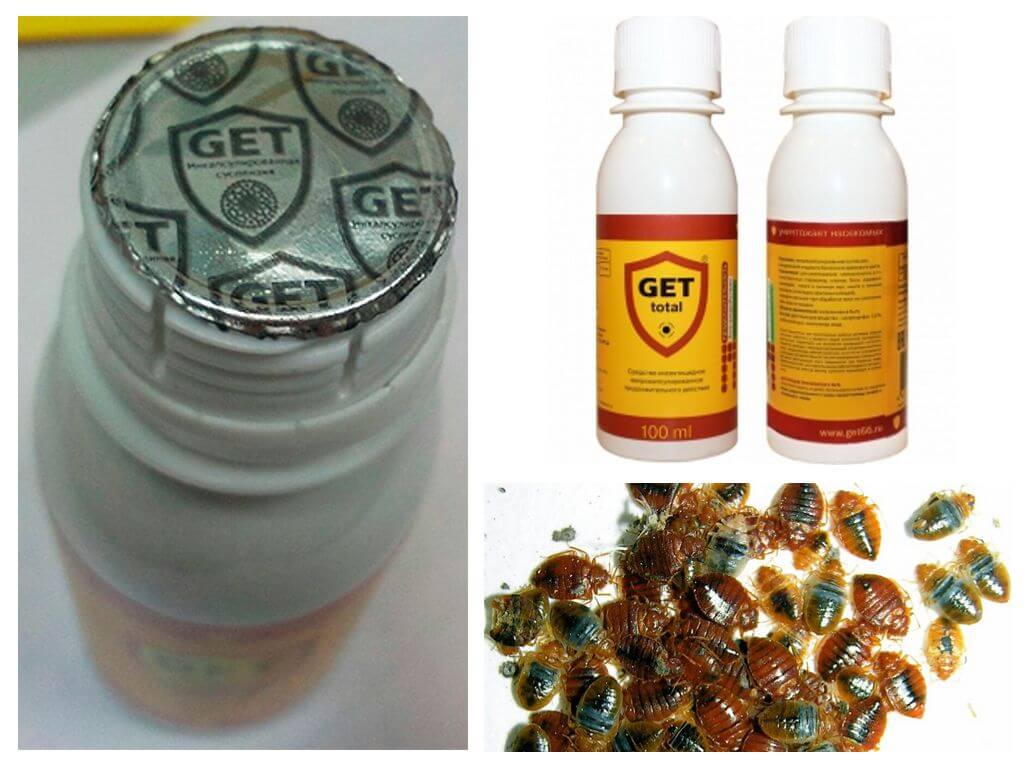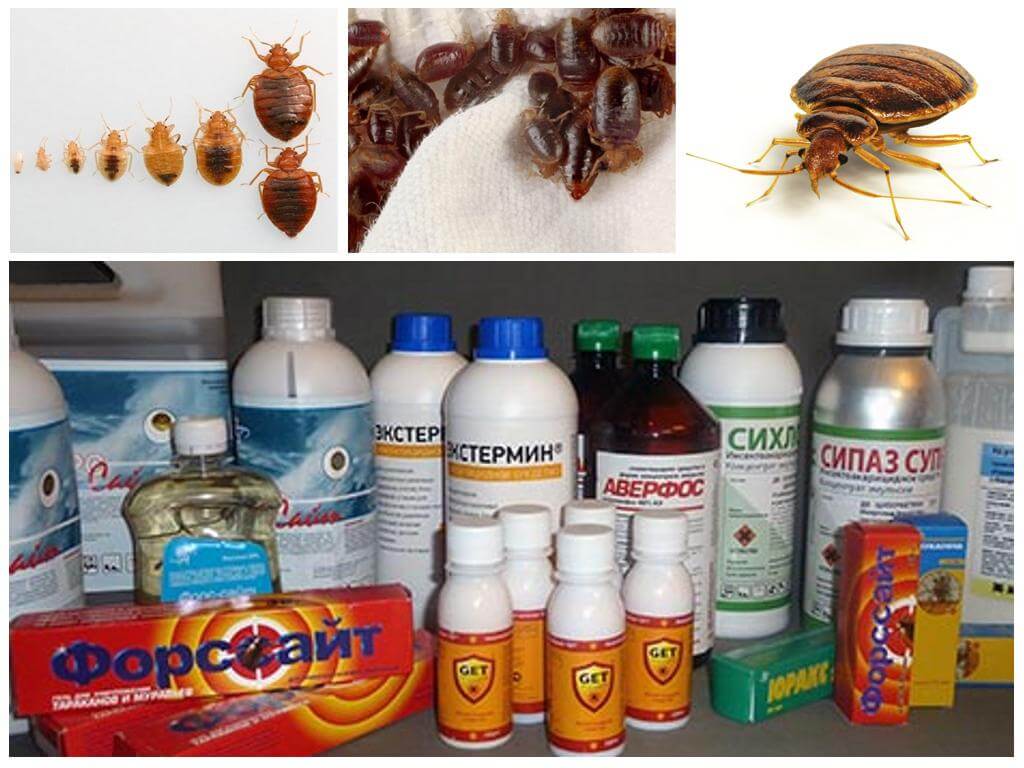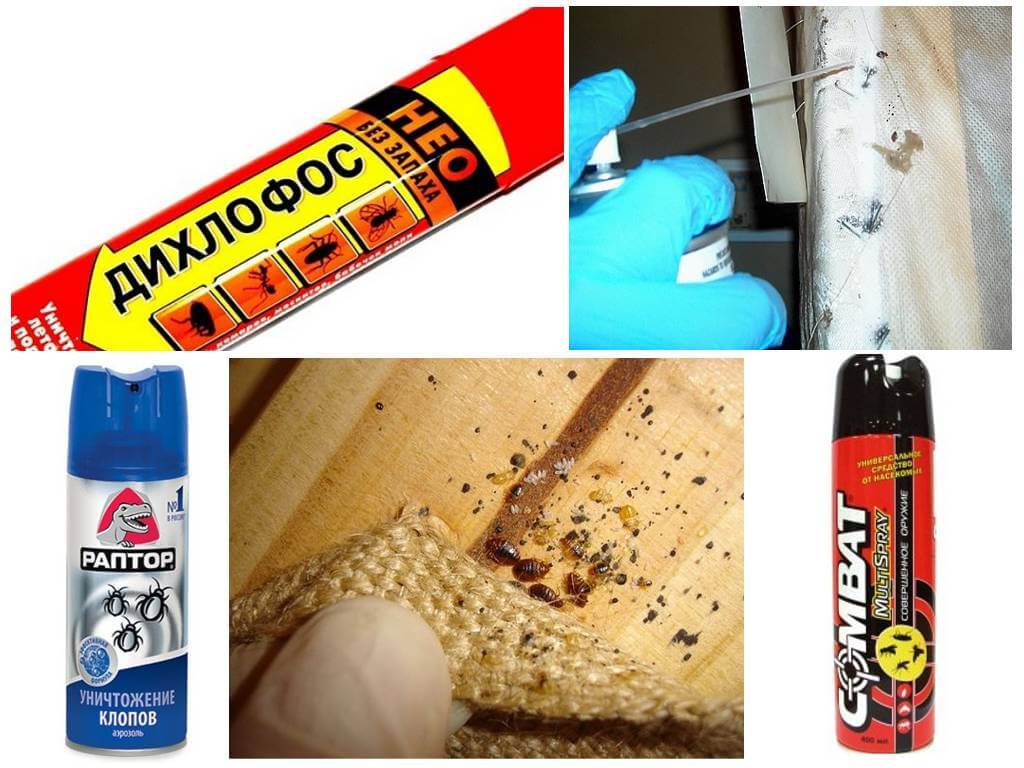- Sagebrush
- Sagebrush
- pharmaceutical camomile
- Ledum marsh
- Tansy
Home bugs have a very delicate and sensitive scent, which helps them find a person by smell. It is this that can be used if strong-smelling herbs are used to combat them: wormwood from bugs or other plants.
Wormwood from bugs
Wormwood was used to scare away bed bugs our ancestors since ancient times, when no chemical effective insecticides did not exist yet (see photo). The main components of wormwood are volatile, essential oils, which have a bitter, sharp aroma, which is very don't like bed bugs.
Bunches of this grass were hung in rural houses throughout the room to deter pests. After all, bugs are afraid of wormwood only because of its harsh aroma that can scare off insects, however, with severe hunger, “night bloodsuckers” can still go in search of prey.
Important!
The bugs of the smell of wormwood are only afraid of freshly mowed, but as they dry, the grass smells less and less, and its effect becomes less effective.
Wormwood products: advantages and disadvantages of their action
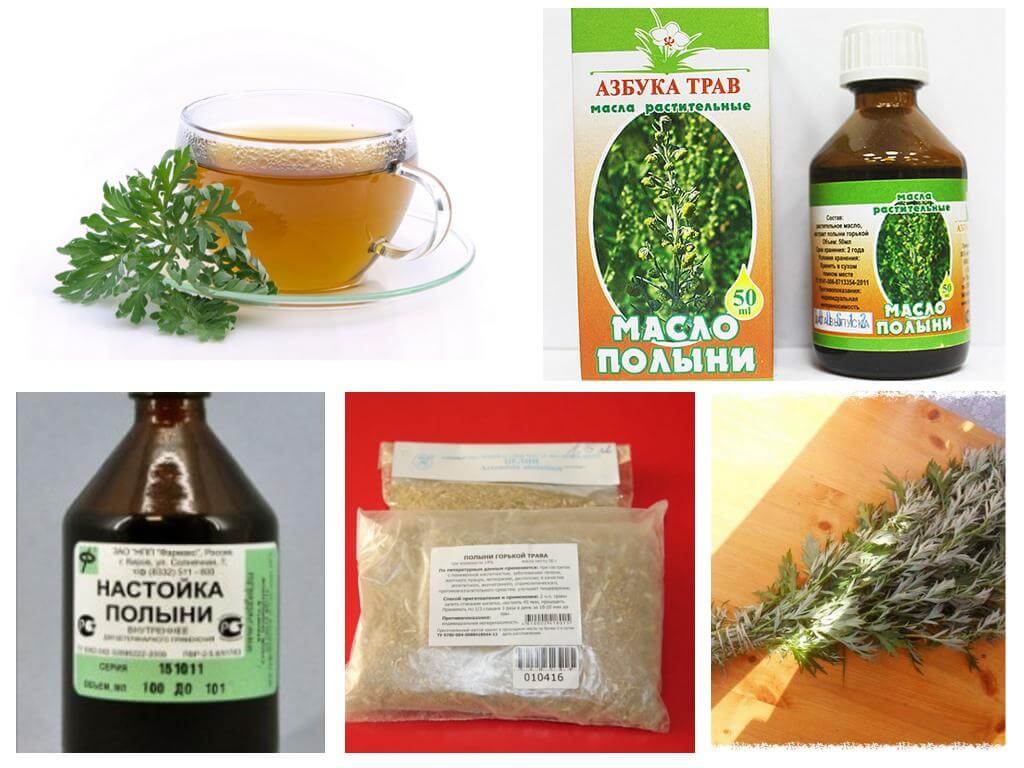
Unlike chemicals, it is completely impossible to get rid of parasites with wormwood: it will not destroy the bugs themselves and their larvae, and only scare them off for a while. Therefore, it is most effective to use wormwood only for prevention "Uninvited guests" who can infiltrate from neighbors. To do this, bunches of fresh wormwood are laid out under the mattress, on the floor around the bed, are hung in the door and window openings, in the ventilation holes and along the baseboards.
The disadvantages of wormwood-based products:
- the bitter grassy odor lasts only 2-3 days, therefore it is necessary to change the grass periodically;
- with very severe hunger, parasites will not pay attention to aroma and will find their food;
- wormwood does not affect the population of insects and bug propagation;
- sharp aroma may not be liked not only by bugs, but also by the owners of the house;
- you can use wormwood against bugs only for a short time, and after a few days all the parasites will return to the habitable places.
In addition to fresh grass, in winter they use infusions and decoctions of wormwood. Tincture of wormwood from bugs is done on alcohol (in a 1: 1 ratio), after which the composition should be infused for 25-30 days. The prepared tincture can be enough for only one piece of furniture, because it is not practical to use it for processing the entire apartment. It is better to do spraying with it. insect nests or places where they spread the eggs. In addition, the smell of tincture is effective for 6-7 days, and then the treatment will need to be repeated.
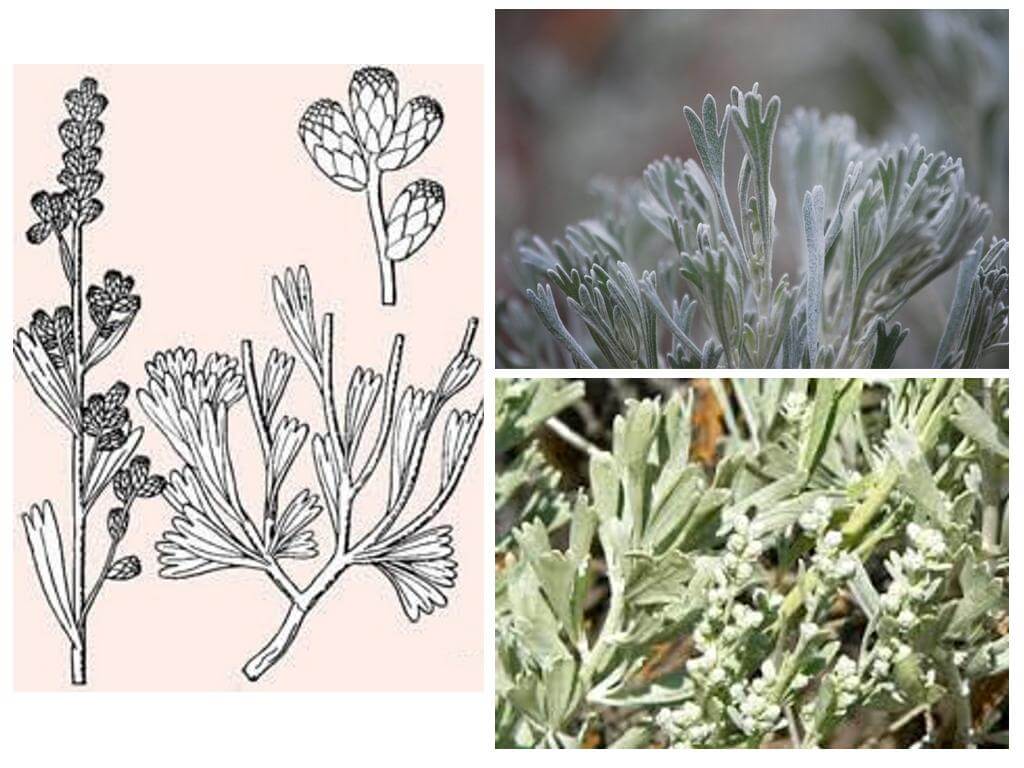
The method of applying wormwood from bugs in the form of a decoction is simpler. To cook it, just boil the grass (fresh or dry wormwood will do). Decoction, which has a sharp odor unpleasant for parasites, is treated with frames, ventilation grilles, floors and baseboards, but also only for preventive purposes. Repeat spraying every 2-3 days, otherwise the aroma quickly disappears.
Feedback
A joyful event recently happened in our family: the acquisition of a small house in the village.But, to our horror, it turned out that many bugs live in it. On the advice of local residents hung wormwood in all rooms. 2 days there were no bloodsuckers, and then appeared again. I had to call pest control for total killing bugs. Now I know that when asked if wormwood helps from bedbugs, one can answer: only temporarily!
Lyudmila, Kostroma
Dalmatian and pharmacy chamomile: method of application
Chamomile is a commonly used medicinal plant containing a natural insecticide that can very well be used to get rid of bedbugs.
Interesting!
Most of all, a Dalmatian chamomile from bugs can help, which includes plant pyrethrin, but the pharmacy is less toxic.

For a greater effect, it is recommended to use dried flowers, which are ground to a powder state or ground on a coffee grinder. Sprinkle dried chamomile as dust inside the sofa, into the bottom of the mattress - into everything bloodsucker habitat. Within five days, the parasites, having breathed in the aroma of pyrethrin, will either be partially paralyzed or begin to leave the apartment or house.
Feedback
In the fight against the "night bloodsuckers" they wanted to use folk methods. They found out what kind of grass repels bugs: wormwood, tansy, and pharmacy chamomile. The method of application seemed simple, so we decided to try it. They scattered grass all over the apartment, put it in sofas and beds. But later it turned out that all these plants can only scare away insects, but do not kill them. Therefore, we had to use chemical methods of control, which helped us successfully.
Catherine, Kiev
Other grasses from bugs
Most pungent plants can become faithful allies in pest control. Herbs that repel bed bugs are rosemary, valerian, celandine and tansy. Basically, they act on insects with the sharp toxic smell of the essential oils that make up their composition.
Consider how each plant acts on insects, and in what form it can be used to repel pests.
Ledum

Ledum is a marsh plant containing essential oil, which intoxicates insects and acts as an euthanasia on them. For use as an insecticide, young shoots of wild rosemary are collected, dried. IN bedbug control use Ledum in 3 forms:
- in the form of a decoction - for treating beds and sofas, as well as places of accumulation of bugs;
- in powder from dried shoots and leaves - dried grass from bed bugs is poured into their habitat;
- smoke from burning dried leaves makes fumigation of the entire room.
Important!
Since Ledum is very toxic, it is better to collect it with gloves. When fumigating, a person needs to wear a protective mask or respirator.
Tansy
This is another poisonous plant with small yellow flowers. With the help of a decoction of tansy, many gardeners and gardeners fight pests in crops and in gardens. Such grass helps scare away bloodsuckers, but does not kill them. A bug can die only by directly falling into a decoction of tansy in a bottle.

Valerian
This plant contains 4% of essential oils, the pungent smell of which drives the bugs out of their homes, and then they will have to be caught and killed mechanically (with a slipper or vacuum cleaner). It is better to use valerian freshly picked or in the form of a pharmacy tincture.
Celandine
Such a poisonous plant as celandine is a commonly used grass from bedbugs in an apartment. Its pungent odor is quite effective on insects, but its tincture gives the highest result. It is prepared from fresh leaves (180 g), which must be chopped with a knife, then poured with water (10 l) and set to infuse for two days.
Before use, 50 g of planed laundry soap is added to the solution of celandine and mixed well until completely dissolved. The infusion is processed by the habitats of bugs and the ways of their movement.

